13+ Sample Annual Fundraising Plan
-
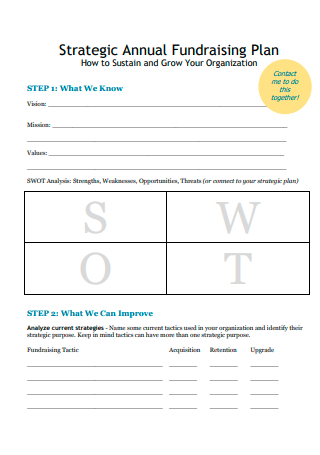
Strategic Annual Fundraising Plan
download now -
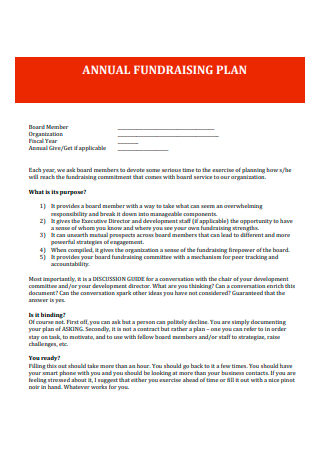
Annual Fundraising Plan Template
download now -
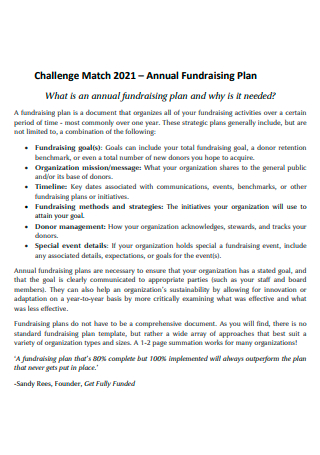
Annual Fundraising Plan Example
download now -
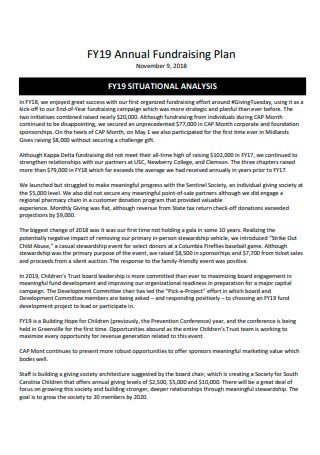
Basic Annual Fundraising Plan
download now -
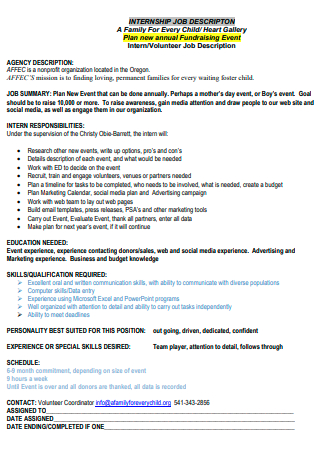
Annual Fundraising Event Plan
download now -

School Community Annual Fundraising Plan
download now -
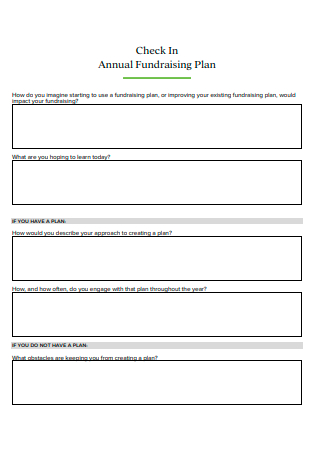
Check In Annual Fundraising Plan
download now -
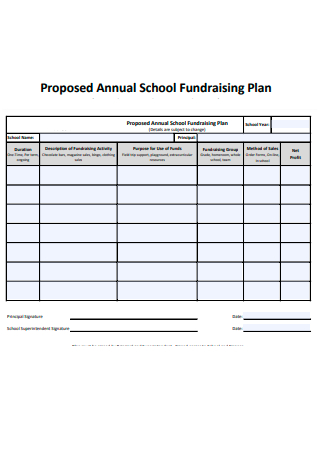
Proposed Annual School Fundraising Plan
download now -
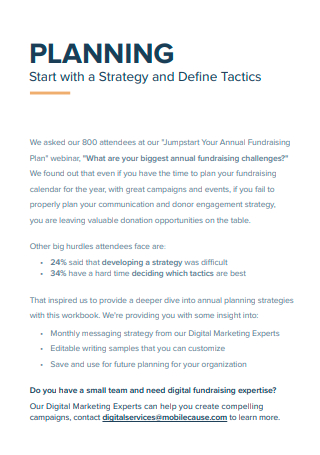
Annual Fundraising Planning in PDF
download now -
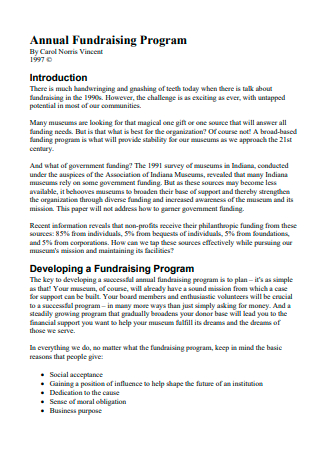
Annual Fundraising Program Plan
download now -
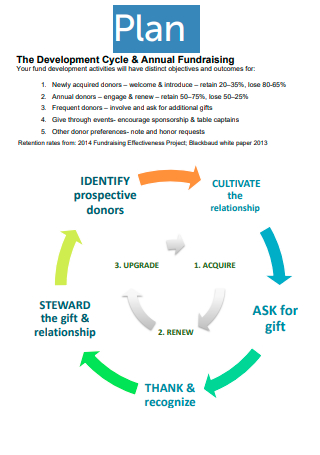
Development Cycle and Annual Fundraising Plan
download now -
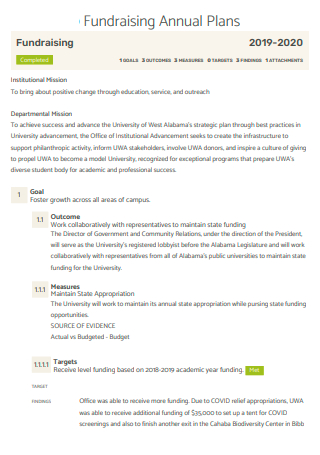
Printable Annual Fundraising Plan
download now -
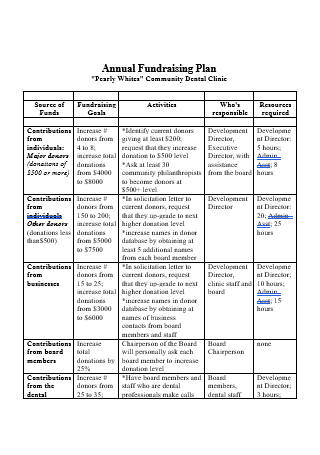
Annual Fundraising Plan in DOC
download now -

Annual Fundraising Plan Format
download now
FREE Annual Fundraising Plan s to Download
13+ Sample Annual Fundraising Plan
What Is an Annual Fundraising Plan?
Elements of an Annual Fundraising Plan
How to Write an Annual Fundraising Plan
Reasons People Don’t Plan
Building the Right Team
FAQs
Why do you need a yearly fundraising strategy?
What are the different types of fundraising methods?
What is the significance of yearly giving?
What Is an Annual Fundraising Plan?
Annual fundraising is a series of actions that are deliberately planned to create and cultivate a broad base of donor support in order to ensure that an organization’s objective is fulfilled. Your fundraising strategy should ideally contain your overall fundraising objective as well as the techniques you intend to utilize to achieve it. A Non Profit Fundraising Plan is a written document that outlines your organization’s planning for fundraising efforts over a specific time period. This plan usually includes financial objectives as well as a strategy for achieving these objectives through charity marketing. Proceed to the annual fundraising plan example to see more details.
Elements of an Annual Fundraising Plan
If you want to generate enough money to adequately finance your nonprofit’s excellent work, you will need a fundraising strategy. You will spend a lot of time responding to the crises of the day if you don’t have a strategy, which means you won’t be actively working toward your Objectives. This is why a strategy is critical to assist you in doing the wonderful work of improving lives that you do. Here are six elements that must be included in your annual fundraising strategy if you want to be successful.
How to Write an Annual Fundraising Plan
Regardless of the size and population or maturity and years of experience of your nonprofit’s fundraising organization, there are six fundamental stages to drafting an annual fundraising strategy plan. You may use these steps to establish a strategy that will guide all of your fundraising operations for the coming year, even if your organization has just recently formed and just started. Check out the available nonprofit annual fundraising plan sample that is provided in this article for you to base your plan on as you write it. Otherwise, if you want to start from scratch, then this guide will show you the steps.
Step 1: Take notes from the past
Take a serious look at what you have accomplished in the last year or so. It’s critical to base your selections on evidence rather than emotion when deciding which fundraising initiatives to include in your strategy. Don’t do something just because you have done it before or because it seems easy. Do it because the figures suggest you will earn a solid return on your investment. Review your former records of what you did last year to raise money and determine if the investment was worthwhile. You can skip this stage this year if your organization is completely new. However, be prepared to do it again the next year. So keep a close eye on your gathered information.
Step 2: Set an impact goal
Many people in fundraising make the mistake of quickly being sidetracked by the current fad and may not always see projects through to completion. For example, a fun, new social media site appears, and you decide you need to be a part of it. You put in a lot of effort to grow a following, but you have no plan for monetizing it. Your donor development isn’t being done while you are experimenting with the new social media tool. You see a successful fundraiser at the nonprofit down the street and figure you can do it too. What you truly need is a beacon to keep you on track and keep the distractions at bay.
Step 3: Include critical goals
Your yearly fundraising strategy must include fundraising targets. It’s difficult to recognize when you have crossed the finish line when there’s no obvious aim. Calculate how much money you will need to conduct your programs this year, and use that figure as your fundraising target. If you have to estimate expenditures, do so, but the more precise your numbers are, the less scrambling you will have to do afterward. The total number of current contributors who have agreed to renew their support. Donor acquisition efforts should be a big part of your fundraising plan if you want to keep adding new members to your donor family.
Step 4: Use fundraising skills to your advantage
Copying what others are doing because it seems nice is one of the worst things you can do in fundraising. Instead, consider fundraising initiatives that use your own abilities as well as the assets of your nonprofit organization. Make a list of organizational qualities or assets that might help you raise money more easily, such as a compelling purpose, a broad base of support, well-known staff or board members, a building that lends itself well to a tour, and a website with daily visits. You will find fundraising simpler and more enjoyable if you build your fundraising plan around your own talents and the assets of your organization.
Step 5: Choose the right strategies
The previous four processes come together in this step to form the foundation of your fundraising strategy. Evaluate the previous stages up until the present step as you consider what activities you want to include in your fundraising strategy this year. Make sure that what you have finalized is fitting to the vision, mission, and even the objectives of your fundraising organization. Whether or not it is directly aligned is up to you but the more that the connection can be seen is for the better so that donors and interested volunteers can see the relation of the plan to your fundraising organization.
Step 6: List and write it out
Your annual fundraising strategy should be written out. If it isn’t written down, it can’t be realized. If it’s all in your brain, it’s far too simple to modify it or let things pass, which leads to a lack of accountability. Most individuals waste time deciding which format to use, but the fact is that it doesn’t matter. Use whichever template allows you to incorporate the detail that will support your aims and that it fits your organization’s preferences. You should also finalize the activities to collect enough money and expand the number of programs you provide. Consider how you might collect significant funds to support your nonprofit’s initiatives.
Reasons People Don’t Plan
After years of helping people create fundraising plans, There are various reasons as to why people don’t plan and the curated list below will give you some of the factors that stop them from coming up with a plan. This is not meant to discourage you but instead would encourage you to think about the importance of an annual fundraising plan. There are free annual fundraising plan template available for you to use as you wish. So you don’t have to start from scratch.
Building the Right Team
No one can carry out a strategy on their own. It is critical to include your board and employees in the development of your strategic strategy. Your strategic plan will contain a number of fundraising options, and your staff will be well-versed in a range of skills. Whether you employ your Team for different campaigns or to achieve different goals, you will want to put together a group that will benefit your company the most.
FAQs
Why do you need a yearly fundraising strategy?
Many advantages will come from your flawed and flexible fundraising approach. Your plan will serve as a Road Map throughout the year, ensuring that you are always aware of what is coming up. You will also have a solid understanding of cash flow for the year if you include revenue estimates. You will be more productive since you will be focusing on tasks that will help you achieve your objectives. You will also be able to focus your time, energy, and money on activities that will provide you with the best return on investment.
What are the different types of fundraising methods?
- Direct Mail
- Events
- Online Donations
- Door-to-Door Solicitation
- Phone Solicitations
- E-mail Marketing
- Crowdfunding
- Partnerships or Sponsorships
- Peer-to-Peer Fundraising
What is the significance of yearly giving?
Annual giving programs are the basis for growing cause recognition, discovering what motivates contributors, trying worthy solicitation and stewardship tactics, increasing fundraising retention, and introducing new supporters to your organization, in addition to raising monetary value for a cause. So you should come up with an appropriate annual giving fundraising plan now.
As part of the strategic fundraising, creating an annual fundraising plan is more beneficial to you and your organization. Although it may seem time-consuming and you and your team would be tempted to jump right into the action, having a plan will help keep things organized for the pre-planning process and actual execution.
